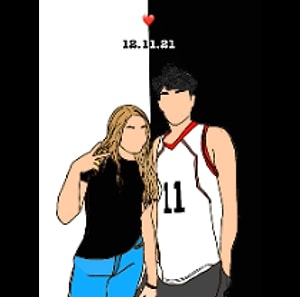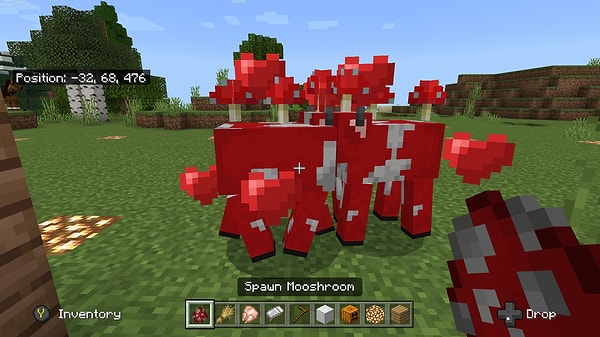If an evoker summons a vex, it may order it to attack humans, adult villagers, iron golems, traveling traders, or any other target. Even without a weapon, they continue to assault these mobs and cause the same damage.
Vexes have the ability to fly through the air and may freely traverse any block, including those made of water and lava, without suffering any harm. Vexes are capable of passing through bedrock, which means that they could perish in the emptiness. Blocks are easily traversed by vexes, but honey blocks appear to slow them down. When pressed by a slime block, vexations can also bounce back. They glow red while attacking and leap at the prey.
Infrequent, spontaneously emerging woodland homes occasionally harbor vexes, and are malevolent flying animals. Vexes appear during the summoning attack phase of an evoker, which is started by the conjuration of white smoke and the sound of a horn. Spell-casting evokers can only call them up in discrete groups. When called, three vexes appear; it's rare that many seasoned gamers have ever come across one. This is mostly because vexes can only be produced by an evoker, which is unusual in and of itself.
Know about other rare Minecraft mobs? Tell us in the comments below!



